I recently purchased a used Heathkit SB-200 from the DELARA Radio Club. After letting it set around unused for a number of months unused, I experienced some pesky SWR issues on the ICOM-7300.
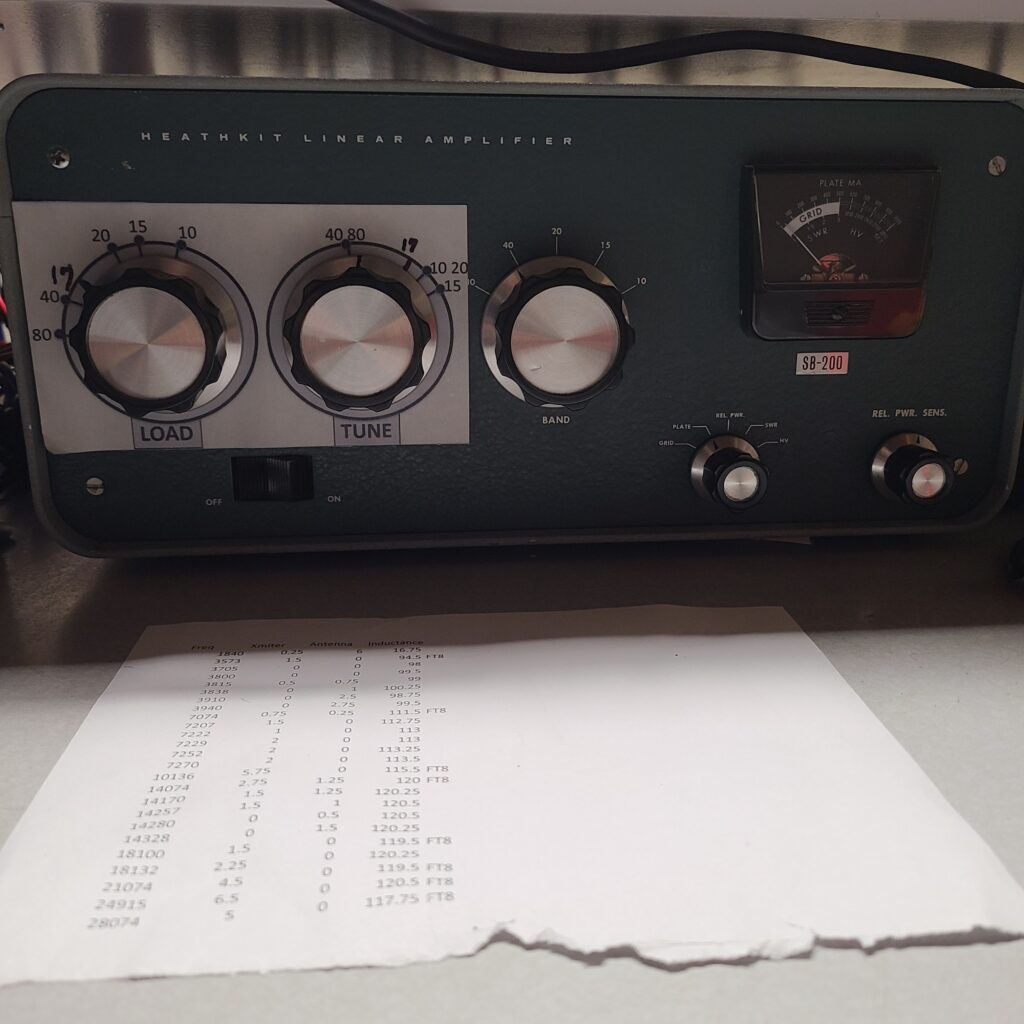
I purchased the amplifier a number of months ago and at the time, I was lacking the room on the radio desk to have a permanent spot for it. So, it was placed on a shelf and not used.
After some schedule relief and reorganization of the shack, I finally managed to put the amp into service. Before doing so, I also installed a Harbach Soft Start Module to limit the inrush startup . This modification is in addition to a Harbach Soft-Key module installed by the club.
The problem
After verifying all connections, I powered up the amp for the first time in months, let it warm up, and had a problem right out of the gate. I could never get a good match with the radio. The SWR was unusually high, and would oscillate back and forth
The video above illustrates the problem I was experiencing. Many attempts achieve the best match between radio and amp resulted in a higher than expected SWR which also oscillated higher and lower very quickly. This happened, to some extent, on all bands regardless of drive power. If I turn the amp off, the problem disappeared.
A possible solution
After a bunch of head scratching, and a number of discussions with fellow hams, a common theme surfaced. This might be caused by dirty contacts on the TX/RX relay located near the RF out jack. After years of use, and also months of no operation, carbon buildup and oxidation of the contacts was very likely.
I powered down the amp, disconnected mains power, and waited 5 minutes for the high voltage caps to dissipate. I also verified no voltage was present in the unit before completely removing the amp from the outer case.
Locating the Relay
Locating the TX relay is fairly easy, it can be found on the bottom of the amplifier near the RF jack.
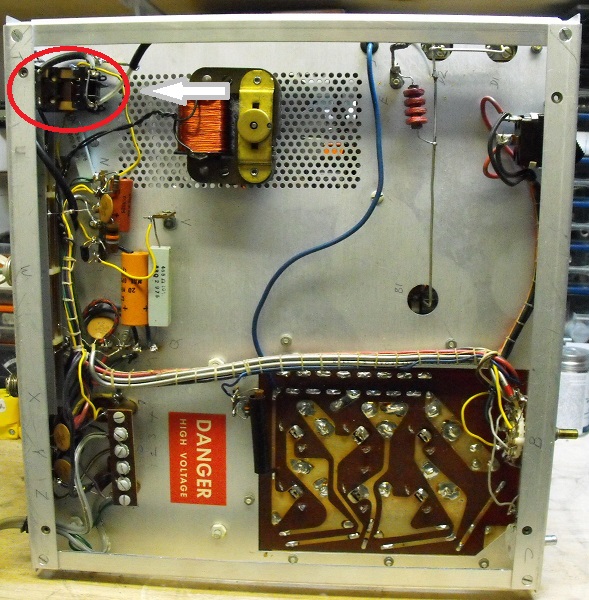
Close up inspection revealed some oxidation on the top side (RX) side of the relay. This meant that oxidation and carbon should be worse on the TX contact side.
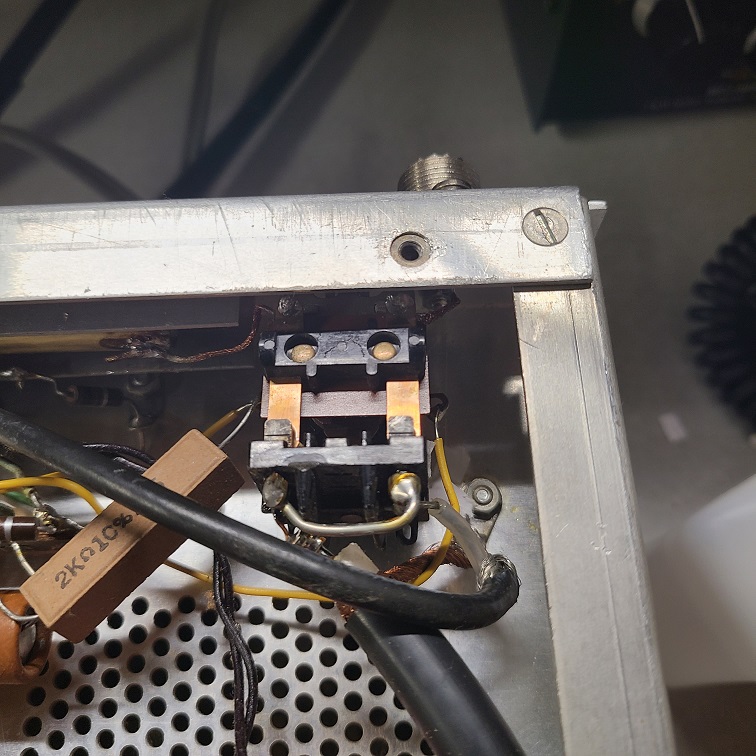
I wasn’t crazy about using contact cleaner on the relay to clean up the contacts. Some cleaners are not friendly with plastic, oily, or damage the amp. It was suggested by a local ham, Gary – KE8O, that I cut up some printer paper strips and fold them over a couple of times. The paper will act as a gentle abrasive 0that can be slid thru the contacts until the carbon and oxidation is removed.
Cleaning
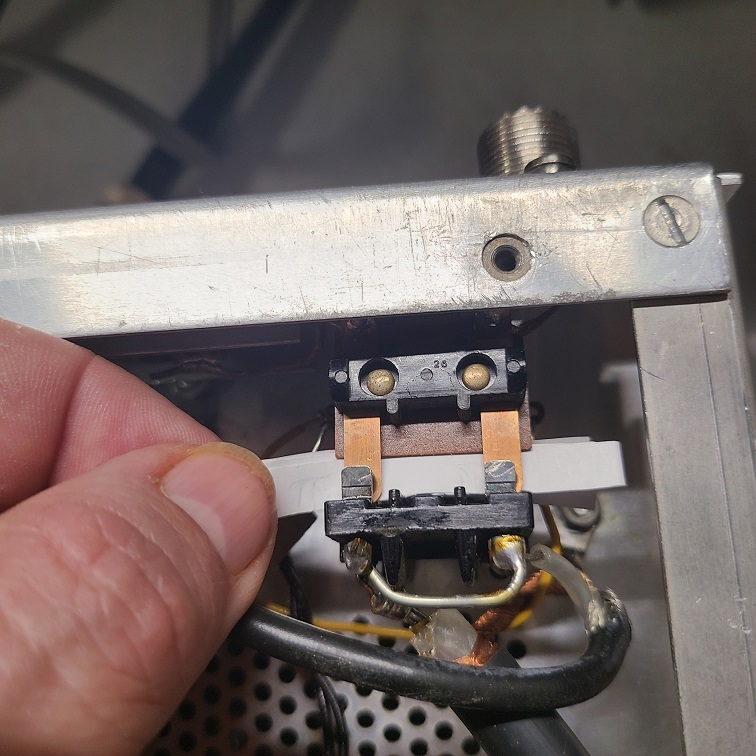
The printer paper trick worked, but it removed the buildup on the contact very slowly and required a lot of moving back an forth. I found the perfect thing to speed things along.
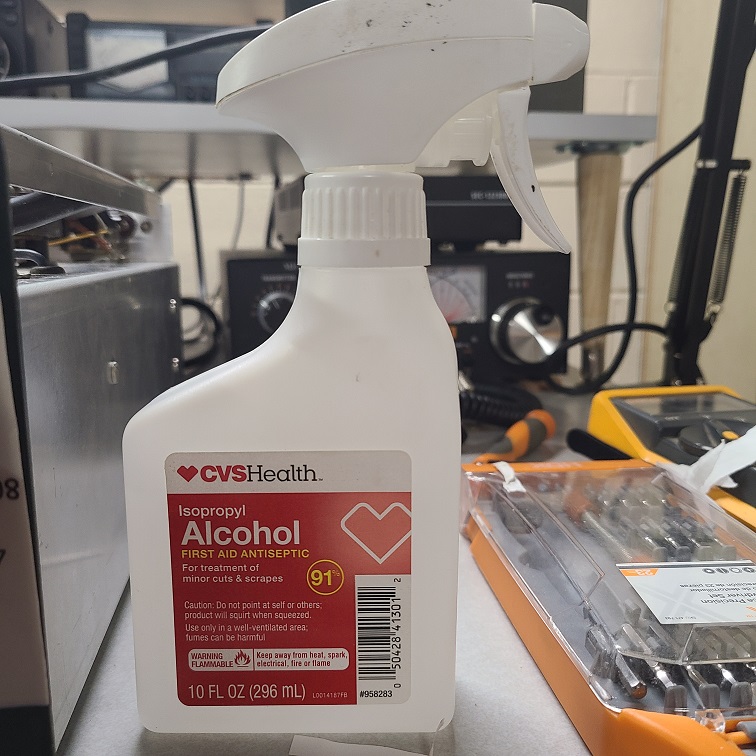
Adding a couple of drops of 91% rubbing alcohol to the paper proved to be just the trick. The alcohol will not damage the plastic of the relay, plus will evaporate quickly if you accidentally spray it somewhere it shouldn’t. Overall much more friendly to the components in the amp.
Below are some pictures of the top and bottom strips after cycled thru the contacts. I repeated this process multiple times until no grime was on the paper
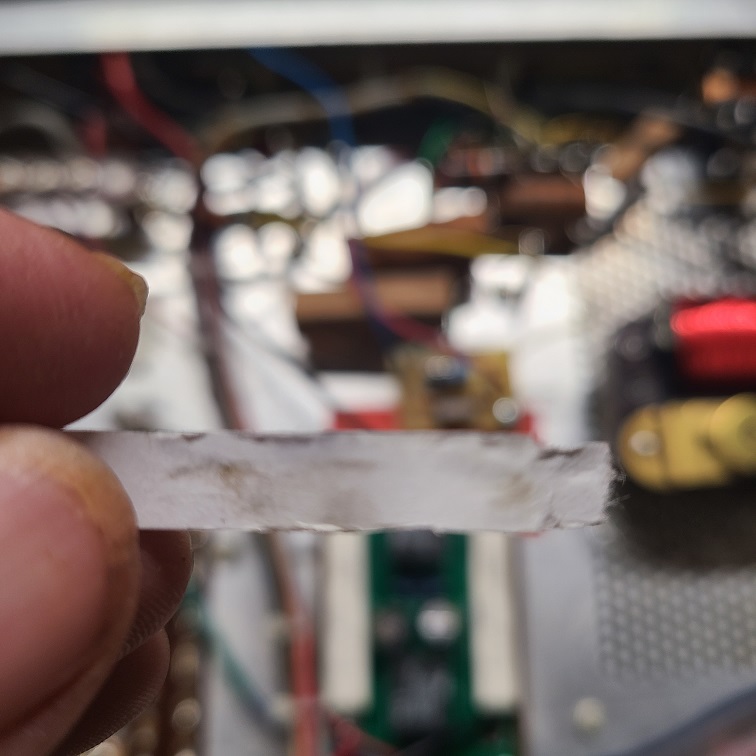
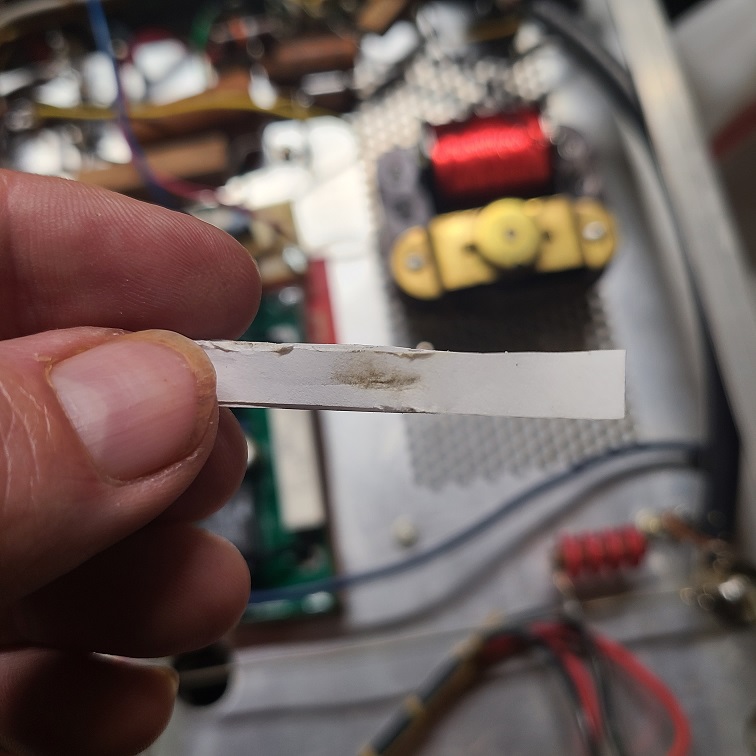
After cleaning was complete, I let everything air dry and replaced the case on the amplifier.
The Verdict
Initial testing showed a significant improvement in the matching SWR to the radio, however, the wiggle in the SWR signal was still there, just much less pronounced than before. I repeated the process multiple times, until I noticed no additional improvements in the SWR.
Overall, this made a significant improvement to the stability and average of the SWR between the rig and the radio. Unfortunately, it did not cure the problem the “wiggle” in the SWR completely but greatly improved it to a level that I am more content with.
I will continue to investigate the issue to better understand what the root cause is of the wiggle but feel successful of getting the average SWR down to lower level.
73
Ed – AE8Q

One thought on “A Dirty TX Relay on a Clean Heathkit SB-200”